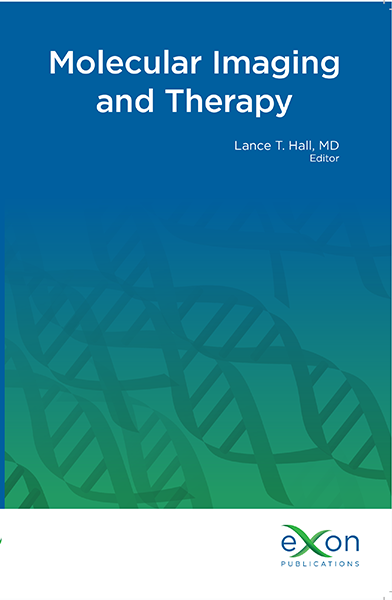Molecular Imaging of Hepatobiliary Cancers
Main Article Content
ABSTRACT
Currently, molecular imaging modalities are not recommended in the initial workup of hepatobiliary malignancies except in equivocal cases on conventional imaging. But the role of molecular imaging in hepatobiliary tumors is evolving and the development of new technology and molecular imaging agents has renewed the interest in molecular imaging applications in hepatobiliary malignancies. In addition to providing information for tumor staging, treatment planning, response assessment, and detection of disease recurrence, molecular imaging provides additional information on the biological and molecular behavior of the tumor to assess disease prognosis and outcome. Recent meta-analysis shows promising results favoring molecular imaging over structural imaging in hepatobiliary malignancies. Molecular imaging agents targeting different metabolic pathways (glucose and lipid metabolism) and receptors (somatostatin and fibroblast activation protein inhibitors) have been tried in hepatocellular carcinoma, cholangiocarcinoma, liver metastasis and neuroendocrine tumors. We explore and summarize the current role of molecular imaging in hepatobiliary tumors and its advantages and disadvantages over conventional imaging modalities, along with a brief overview of newer PET molecular imaging agents.
Downloads
Metrics
Article Details

This work is licensed under a Creative Commons Attribution-NonCommercial 4.0 International License.

